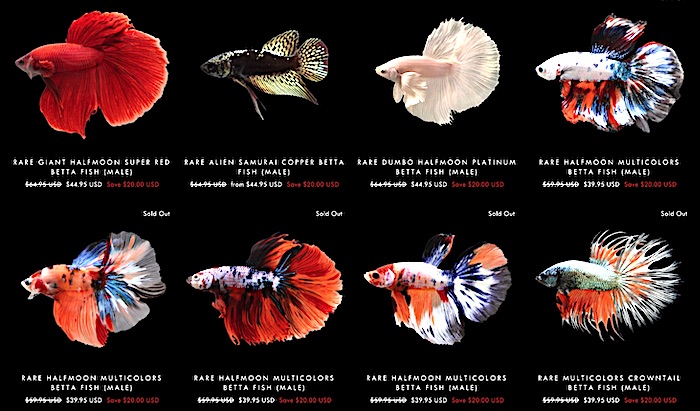How to Buy Perfect Betta Fish: Expert Advice and Recommendations
By Space Coast Daily // August 12, 2024

At first blush, it may look like something as easy to buy a Betta fish but there are some points that 8s are necessary for you to consider for your new betta to remain alive and healthy. Bettas have so many colors and tail types that picking one may seem like a little too much.
Almost more important than looks is to ensure you are getting into a betta splendens for sale from a reputable store or breeder. Carefully review the bettas themselves in appearance for possible disease or stress and question staff as to care history. Opt for a seller that can demonstrate healthy parents and traceable lineage rather than ambiguity about origins which increases disease risk.
Ask how long bettas have been in their care and if they quarantine new stock before introducing it. Aim to patronize businesses invested in the long-term welfare of their bettas. Choosing an active betta that swims readily and seems curious about itself helps give your new pet the best beginning. This attendant will also give you expert suggestions on where and how to pick the best betta fish as well.
About the Betta Fish
The betta fish, also known as the Siamese fighting fish, is a prevalent choice for small aquariums. Native to the rice paddies, ditches and streams in Thailand, bettas can come in an assortment of vibrant colors and striking tail types. While wild Thailand Betta Fish showcase modest colors, centuries of selective breeding have engineered spectacular strains for the aquarium hobby. Fanciers today enjoy an almost endless palette from metallic azure to translucent opaline.
Males can have long-flowing fins, while females have shorter fins. Bettas have an elongated body and prominent dorsal and tail fins that they elegantly display. They are feisty fish known for their territorial nature but can adjust to community tanks if properly introduced.
Research Betta Care Needs
Proper research into betta care needs is crucial before purchasing one. Bettas need warm water between 78-82°F, so an adjustable heater is essential. Additionally, bettas produce waste that can pollute the water, so a minimum 5-gallon tank is required along with periodic water changes.
The nitrogen cycle must be established to safely convert dangerous waste into less harmful substances. Live or frozen foods high in protein are best, though pellets and flakes are convenient options. Understanding these husbandry requirements will help ensure the betta thrives in its new home.
Visit Local Fish Store
Before buying a betta, potential owners should visit their local fish store. Carefully inspect the conditions bettas are being kept in – the water should be clean and they should be active. Overcrowded tanks or fish hiding could indicate stress.
Talk to knowledgeable staff and evaluate the health of bettas. Signs like shiny scales, full colorful fins and good appetite demonstrate strong welfare. Choosing an active explorer from a well-maintained tank increases the chances of getting a betta primed for a long, happy life.
What Should I Feed My Betta Fish?
Feed your betta fish food flakes or betta fish pelleted food 1-2 times daily, following the manufacturer’s recommendations. Bettas are carnivores, so supplement their diet with frozen or freeze-dried brine shrimp or tubifex worms to provide variety and nutrients.
Betta Fish Safety Tips
- Use a fish net when transferring bettas to avoid damage to their delicate fins and body.
- Go slowly during the introduction of new tank mates and remove any that show signs of bullying or harassment.
- Choose smooth decor that won’t tear fins like silk or live plants instead of plastic.
- Never leave the lid off a tank as bettas can jump out of the water, especially if stressed.
- Use quality conditioned water with no harmful chemicals when doing partial water changes.
- Monitor water parameters closely and have a test kit on hand in case issues like ammonia spikes occur.
FAQ’s
Where is the best place to purchase a betta fish?
The best places to purchase bettas are locally owned fish stores or from reputable breeders.
What should I look for when selecting a betta?
When selecting a betta, look for one that is active, responds to your movements, and has bright colors and fins.
How big of a tank is recommended for one betta?
The minimum tank size recommended for one betta is 5 gallons.
Conclusion
By simply putting in the time to find a quality betta from an ethical source, and providing your new fish with adequate housing (anything larger than 1 gallon will do) you can avoid the common problems that come along with pet store-bought bettas and enjoy many years of companionship.
As bettas have long-flowing fins, always treat them with kid gloves. Providing sufficient tank and water conditions, nutrition in the right food diet, and an exciting environment will ensure your betta remains healthy while showing its true colors & behaviors.












